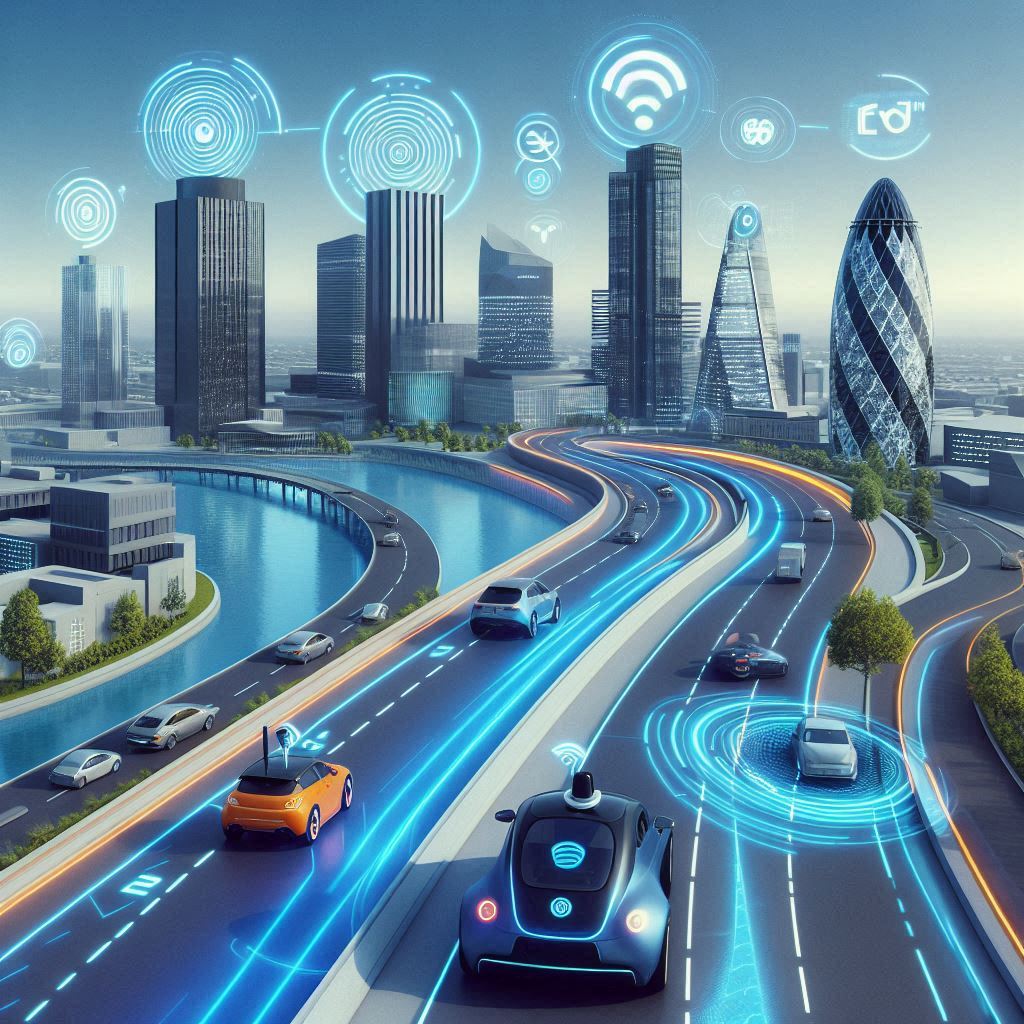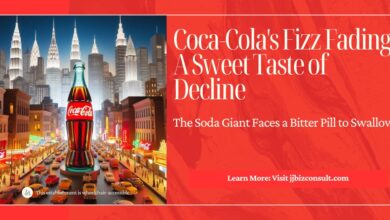Self-Driving Cars Set to Revolutionize UK Roads by 2026

Buckle up, Britain! The streets of the United Kingdom are about to see a revolution on wheels, with self-driving cars potentially hitting the roads as early as 2026. This exciting development comes after the Automated Vehicles Act (AVA) received royal assent, officially paving the way for autonomous vehicle technology in the UK.
Safety First: Matching Human Competence
The AVA prioritizes safety as the cornerstone of this technological leap. Self-driving vehicles must demonstrate a level of safety at least as high as careful and competent human drivers. This ensures responsible implementation and minimizes potential risks associated with autonomous technology.
Self-Driving Cars: Shifting Responsibility: Who’s Liable?

The new law brings a significant change in liability. Under the AVA, drivers are not held responsible for incidents that occur while their vehicles are in autonomous driving mode. Instead, the responsibility falls on the shoulders of insurance providers, software developers, and automakers. This clearly defined framework ensures accountability and incentivizes responsible development within the industry.
The Road Ahead: A Driverless Future?
The AVA marks a significant milestone for the UK in embracing self-driving technology. With the potential for rollout as soon as 2026, the future of transportation in the UK is poised for a dramatic shift. This could lead to:
- Increased Road Safety: Autonomous vehicles programmed to prioritize safety could lead to a significant decrease in road accidents caused by human error.
- Improved Traffic Flow: Self-driving cars with optimized navigation could potentially streamline traffic flow, reducing congestion and travel time.
- Enhanced Accessibility: Driverless vehicles could offer new mobility solutions for individuals with disabilities or those who cannot drive themselves.
**However, some questions remain: **
- Regulation and Standards: How will ongoing regulatory frameworks ensure the safety and security of self-driving vehicles in the long term?
- Public Perception: How can public trust and acceptance of autonomous vehicles be fostered?
- Infrastructure Development: Is the current infrastructure equipped to handle the demands of a large-scale rollout of self-driving cars?
The UK’s embrace of self-driving technology paves the way for a future filled with exciting possibilities. As the technology continues to evolve and regulations adapt, the next few years will be crucial in shaping the landscape of transportation in the UK and beyond.
More About Wayve and Oxa Self-Driving Cars

Let’s dive into the details of Wayve and Oxa, two innovative companies in the field of autonomous driving:
Wayve Self-Driving Cars
Pioneering a New Era for Automated Driving
Wayve is a British AI company that is at the forefront of Embodied AI for autonomous driving. Here are some key points about Wayve:
- Mission: Wayve aims to build trustworthy and beneficial technology for self-driving vehicles. Their focus lies in addressing complex challenges related to autonomous driving.
- Technology: Wayve’s advanced AI technology empowers vehicles to understand, learn, and navigate through dynamic environments. They have been pioneers in developing and testing an end-to-end (e2e) deep learning autonomous driving system on public roads.
- Investment: Recently, Wayve raised over $1 billion in funding, led by SoftBank, to further develop their Embodied AI products for automated driving. This significant investment underscores their commitment to revolutionizing the future of mobility.
- Partnerships: Wayve collaborates with top experts in cloud computing, silicon technology, and logistics fleets to develop commercial-scale AV2.0 technology. Their partnerships position them as leaders in the autonomous driving industry.
Oxa Self-Driving Cars
Enabling Universal Autonomy™
Oxa, formerly known as Oxbotica, is a technology firm based in Oxfordshire, UK. Their vision centers around Universal Autonomy™, which means enabling any vehicle to operate autonomously anywhere, at any time. Here’s what you need to know about Oxa:
- History of World Firsts:
- In 2024, Oxa achieved the first commercial deployment of their self-driving software, Oxa Driver, in partnership with Beep.
- In 2023, they rebranded from Oxbotica to Oxa.
- In 2022, they accomplished Europe’s first zero-occupancy autonomous vehicle journey on publicly-accessible roads.
- In 2021, Oxa became the first and only autonomy company in the world to have its safety case successfully assessed by the BSI.
- In 2020, they were the first UK company to be granted an automated vehicle permit recommendation by TÜV SÜD for live trials in Germany.
- In 2019, Oxa conducted the first autonomous passenger rides as part of the DRIVEN project.
- In 2018, they performed the first autonomous trial airside at Heathrow Airport, UK.
- In 2017, Oxa and Ocado Technology trialed the UK’s first autonomous delivery.
- In 2016, they were the first company in the UK to test self-driving vehicles on public roads.
- Cutting-Edge Technology: Oxa’s software solutions cover the entire spectrum of autonomous driving, from virtual testing environments to cloud-based management tools. They help businesses deploy autonomy into their operations safely, securely, and efficiently.
- Investors: Oxa is backed by investors who share their vision of Universal Autonomy™. Their cutting-edge technology and solutions make them a global leader in autonomous vehicle software for businesses.
Both Wayve and Oxa are driving innovation in the autonomous driving space, and their contributions are shaping the future of mobility. If you have any more questions or need further information, feel free to ask! 🚗🌐🤖
Challenges faced by Wayve and Oxa Self-Driving Cars
Let’s explore the challenges faced by Wayve and Oxa in their pursuit of advancing self-driving technology:
Challenges Faced by Wayve
- Embodied AI Development: Wayve’s focus on “embodied AI” presents a unique challenge. Unlike traditional rule-based systems, embodied AI enables vehicles to learn from and interact with real-world environments, including situations that don’t follow strict patterns or rules. Developing robust embodied AI that can handle diverse scenarios is a complex task.
- Open-World Deployment: Deploying self-driving cars in open-world environments—where unexpected events, diverse road conditions, and complex interactions occur—is challenging. Wayve must ensure that their technology performs reliably across various real-world scenarios, from crowded city streets to rural highways.
- Safety Assurance: Safety is paramount in autonomous driving. Wayve faces the challenge of rigorously testing and validating their AI systems to meet safety standards equivalent to or better than human drivers. Ensuring fail-safe mechanisms and handling edge cases remains critical.
- Scalability: As Wayve expands globally, scalability becomes crucial. Their technology must work seamlessly across different vehicle platforms, from electric cars like the Jaguar I-Pace to the Ford Mustang MachE. Achieving scalability while maintaining performance and safety is a significant challenge.
Challenges Faced by Oxa (formerly Oxbotica)
- Universal Autonomy™: Oxa’s vision of enabling any vehicle to operate autonomously anywhere poses technical challenges. They need to create software that adapts to diverse vehicle types, road conditions, and regulatory environments. Achieving universal autonomy requires robust algorithms and adaptability.
- Safety and Regulation: Oxa operates in a highly regulated industry. Ensuring compliance with safety standards and legal requirements across different countries and regions is a constant challenge. They must navigate complex regulatory landscapes while pushing the boundaries of autonomy.
- Real-World Testing: Oxa conducts real-world trials to validate their technology. However, testing in unpredictable environments introduces challenges related to data collection, edge cases, and unexpected scenarios. Balancing safety and innovation during testing is an ongoing struggle.
- Commercial Deployment: Successfully deploying Oxa’s self-driving software commercially involves collaboration with partners, automakers, and logistics fleets. Integrating their technology into existing vehicles and ensuring seamless operation across diverse use cases is a significant challenge.
Both Wayve and Oxa are tackling these challenges head-on, driven by their commitment to revolutionize transportation. As they overcome these hurdles, the future of self-driving cars becomes more promising. 🚗🌐🤖
Self Driving Cars – Surging To Be $400 Billion Market By 2035
Volkswagen Self Driving Car to be Tested on US Roads
Levels of Autonomous Driving You Need To Know





